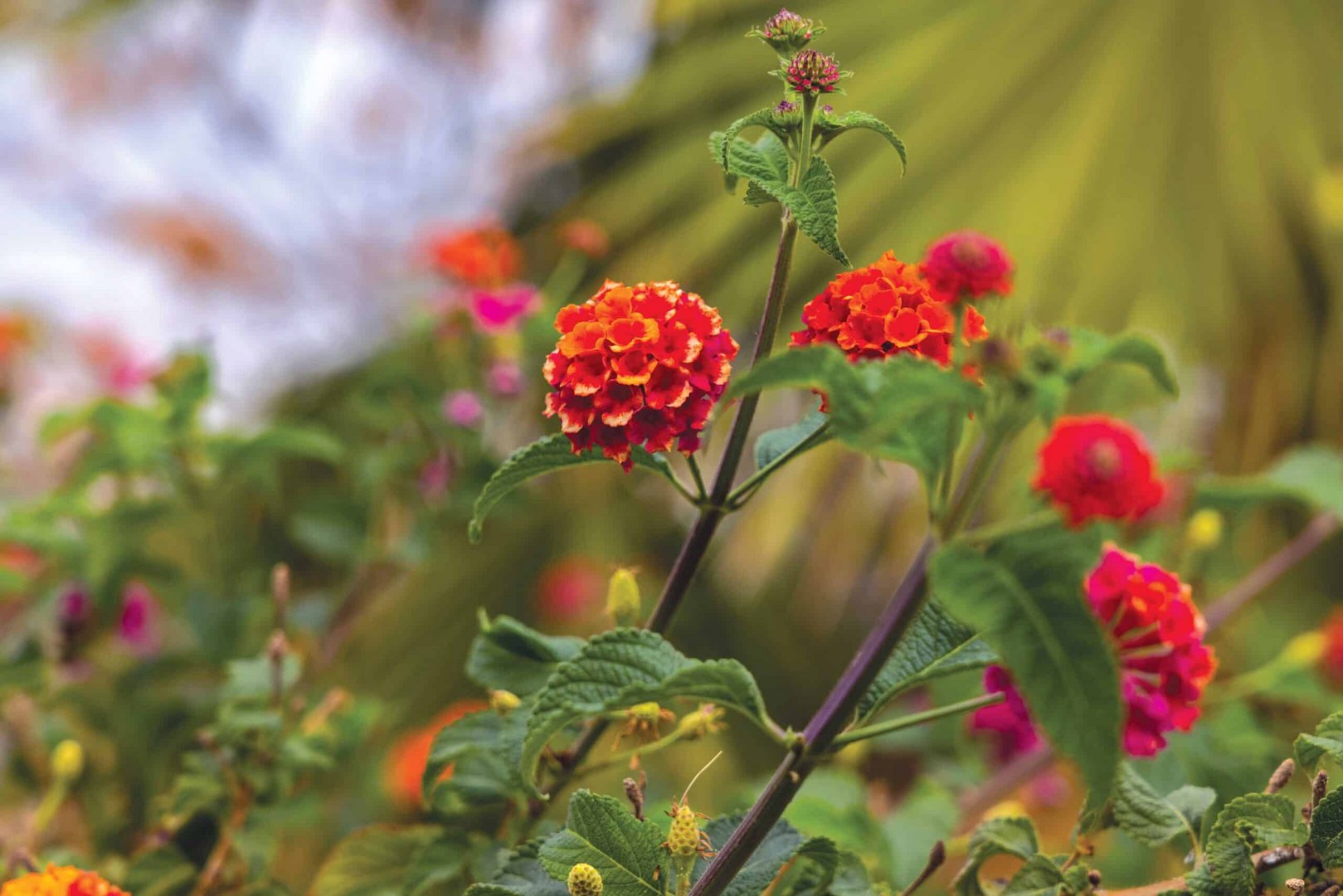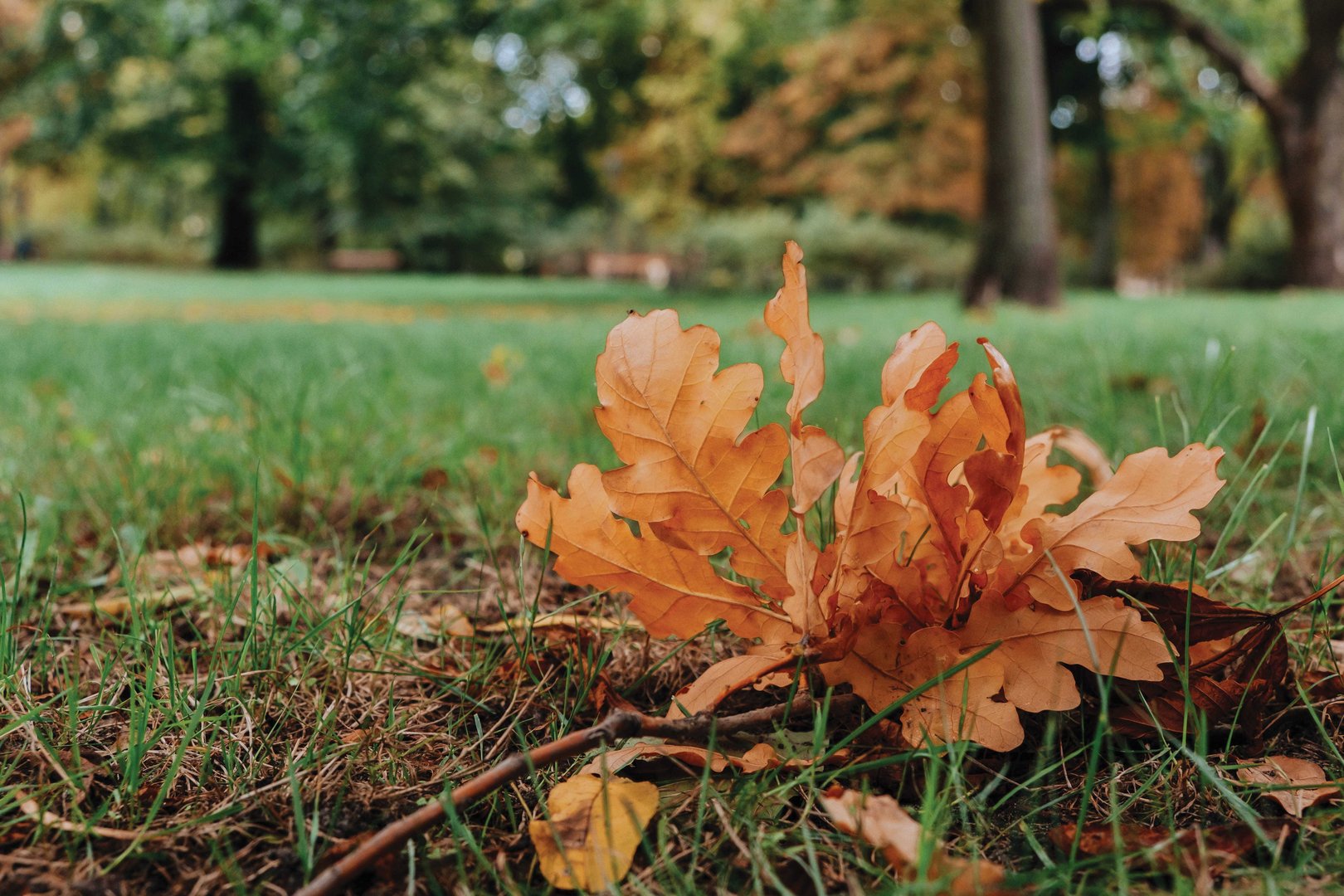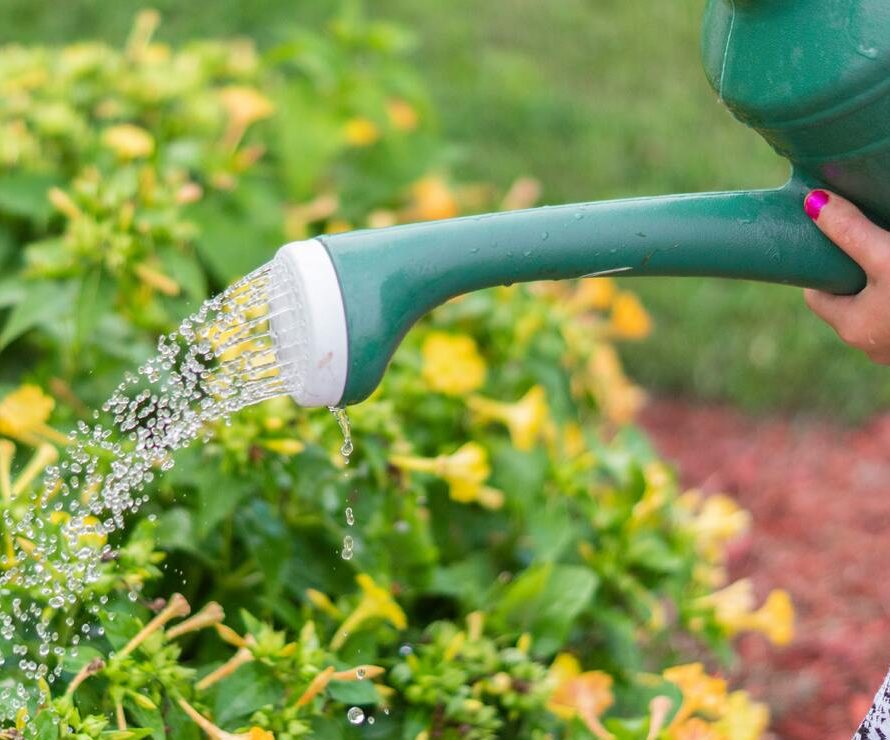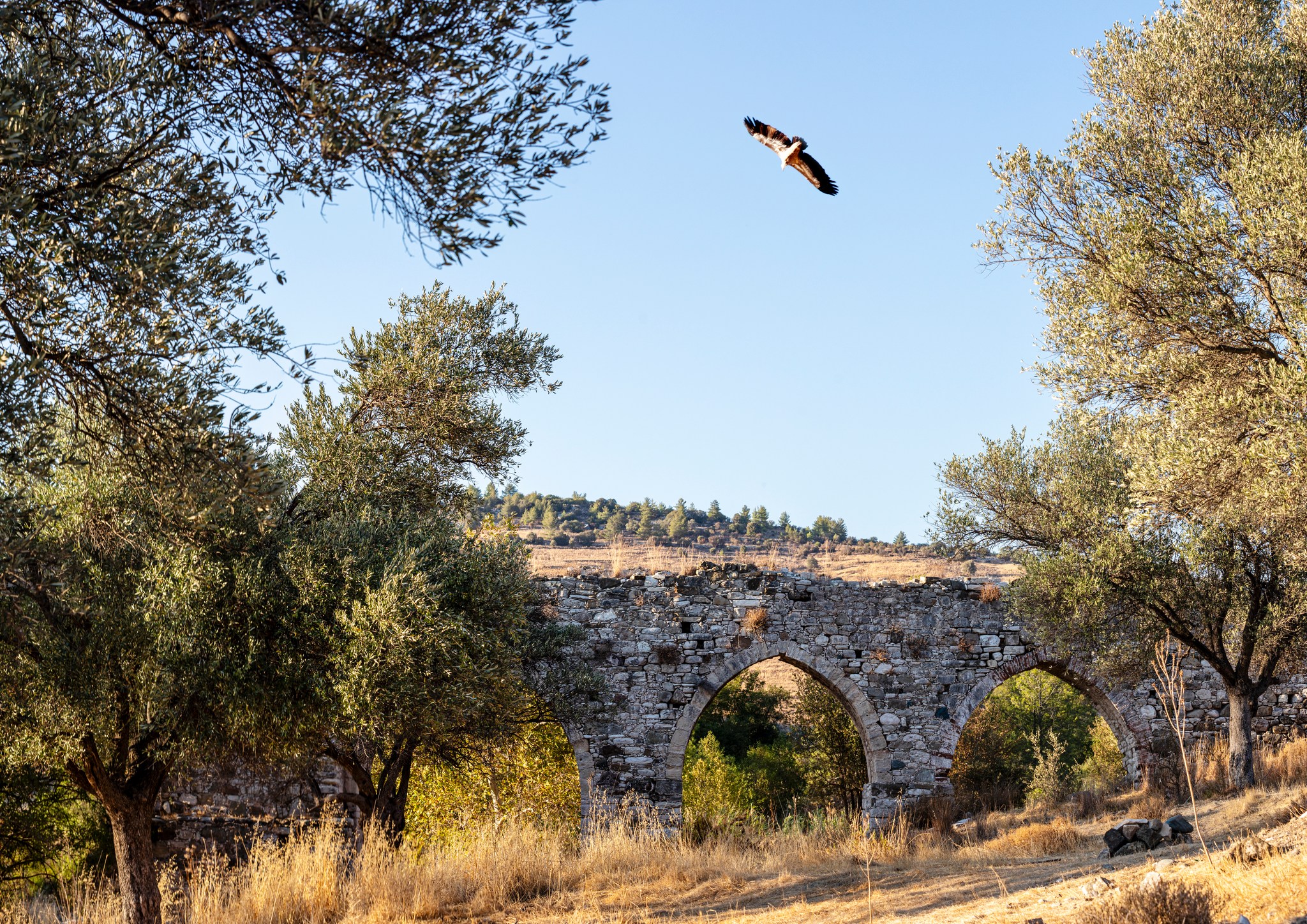January is one of those months when you are not quite sure what the weather will be doing. We could have sunny or cloudy, rainy days (according to those who predict the weather), but of course, it all depends where you live.
There is usually enough snow on the Troodos to ski, but you wouldn’t expect that lower down. However, at 300 metres where I live, we have been known to have frosts during the winter!
Average daytime temperatures around the island can be in the range of 10C-23C but night temperatures may between 0-13C, so you may have to look out for any tender plants.
At this time of year, the first bulbs should be showing, but they tend to be cold-weather hardy, especially as some started out life in colder climes, so be careful not to tread on them as you move around the garden.
Some trees are still shedding their leaves, so there could be some clearing up to do, which will ensure that any rain reaches the roots of the trees.
It’s a good idea to make a small ‘bund’ around the base of each fruit tree, so that any rainwater doesn’t escape into the rest of the garden or orchard.
Don’t throw the dried leaves away as they can always be used as the dry layers in compost bins or heaps. If you have a shredder then it will help them to rot down more quickly.
Snails sometimes hibernate amongst old leaves or are tucked away inside cactus plants, like aloes, where they are difficult to dislodge. They can live for a very long time and can lie dormant for up to 3 years, so it’s better to remove them and encourage them to live somewhere else!
I always look forward to what are known as ‘Halcyon Days’ here in January when we can have brilliant blue skies and lots of sunshine.
According to Greek legend whilst the seas are quiet and the sun shines, this is the time that kingfishers would build their nests in the cliffs.
What to do in the garden in January
Unfortunately, we can’t all bask in the winter sunshine as there are other jobs to do in the garden, especially if you didn’t finish pruning your fruit trees last month. It’s good to keep the trees to a height that you can pick the fruits easily without having to climb ladders, which could prove hazardous. The aim is to remove any diseased branches and those that cross in the centre of the tree, so that the air can blow through the branches and not cause mould to appear on them.
Whilst you have your pruning shears out, lavenders may need a light prune after they have flowered. Rosemarys, which can grow quickly into huge bushes if not kept under control, tend to bend outwards as they grow, quite spoiling the shape. I have several prostrate rosemary plants, which at this time of year trail their bright blue flowers down a wall.
Another bush or medium-size tree is polygala, from the Bokkeveld mountainous area of South Africa. They have most interesting flowers, which the bees love to delve into to fertilise them. However, as you might find, the resulting seeds are very fertile and new seedlings will sprout up everywhere in the springtime. The now very big tree that grows in my front garden was one such seedling!

Polygala myrtifolia Grandiflora
Its best to remove the big seed pods of Caesalpinia gilliesii, as the weight of them can break the brittle branches. When the seed pods are ripe, they explode and scatter the large flat seeds everywhere, where they will also germinate easily. The same goes for Tecoma stans, that lovely medium-sized tree that grows so well along the roadsides in coastal towns and whose seed pods that appear after the bright yellow flowers, are also quite large.
Plumbago is another South African shrub that can quickly out grow its space if you let it. It prefers a light sandy soil and can reach three metres if left to grow. Not only does it produce sticky seed capsules from the pretty blue or white flowers, which stick to your clothes or any animal that passes close by and which easily germinate in the ground, but it also sends out small rhizomes from the root area and before long you have new shoots appearing.
The best way to deal with plumbago is to cut it right back after it has flowered and before it sets seeds and in a very short while it will produce new growth and flowers. This can happen a couple of times a season, so it is a good value plant. In some areas of my garden, I leave them to grow naturally and they scramble over fences and as you would imagine they have many more flowers than those that are cut back.
I enjoy the lovely baby-talcum perfume of mespilia flowers, which are appearing now. Hopefully any bees will find them too and fertilise the flowers in order to produce the luscious fruits in the late spring time.
You may find that Jasminum mesnyi bushes are starting to flower too and the bright yellow, usually single flowers with sadly no perfume, unlike their summer relatives, will brighten up your winter garden. They are best grown over an umbrella stand, as the long stems trail downwards and sometimes you might find that they have rooted in the soil beneath the plants – another plant for a spot somewhere else.
Strelitzias in coastal gardens will be already in flower, but at higher elevations, may take a little longer to open up. It’s a good idea to remove any shredded leaves and clean up any debris around the base area of the clump.
The first pink and white almond blossoms are appearing and what a lovely sight they are each January. It’s a pity that they flower so early here, as they can be rained on heavily at this time of year, so that few nuts survive.
California in America is the largest producer of almonds each year, growing around 100 per cent of America’s crop and 80 per cent of the world’s harvest, despite the droughts of recent years. They need bees to fertilise them and thousands of hives are transported across America in order to do that. After the bees have fertilised the flowers, they are shipped back home in order to fertilise the later flowering plants and trees in other areas.
Alexander the Great is credited with the proliferation of almonds, as they were easily carried on the long treks across the world from West to East and many were cast or dropped along the routes, where they eventually grew into trees. Of course, they also spread the other way into Europe where they are now major crops in Italy and Spain and where it is thought they were introduced by 8th Century Moorish invaders.
There are many traditions regarding the nuts and in Italy they are showered over newly-weds as a symbol of fertility. Five sugar-coated almonds, known as Bomboniere, are often given to guests at weddings and even christenings too! And nearer to home they are used in Baklava.
PLANT OF THE MONTH JANUARY – Lantana camara
This useful plant is a native of the American tropics and a member of the large verbena family. It is thought that the Dutch introduced them into Europe from the Americas and now these plants grow in about 50 countries around the world, some of which regard them as invasive plants that can grow profusely and seeds are scattered everywhere.

Lantana Camara
The seeds are poisonous to animals as well as humans and should be regarded with caution. They also quickly reproduce and make new bushes, as we have found with our neighbour’s hedge of brightly coloured lantana. It has scrambled over the dividing hedge line between us and seedlings are appearing in our garden, too.
The verbena family is quite large, and you may know Verbena bonariensis as a summer flowering tall ‘back of the border’ plant that attracts bees to its lovely compact purple flowers.
Lantana camara plants will grow successfully up to 1200 metres, even though they are regarded as tropical shrubs. You may find that some have variegated leaves, whilst the pretty pom-pom shaped flowers can be multi-coloured or white, yellow or even pink.
Chopping back severely in the autumn will result in new green growths once the weather warms up again. Take off those blackberry-like fruits, or they will seed everywhere.
This tropical plant can withstand our very dry summers, so is a useful plant to have in the garden and it is also used extensively in plantings along the road sides, as it requires very little maintenance.
Coming from the tropics it doesn’t like cold winter temperatures, but when cropped back the plant will be saved from being frosted. Once the weather warms up it will surprise you and burst into life again.







Click here to change your cookie preferences